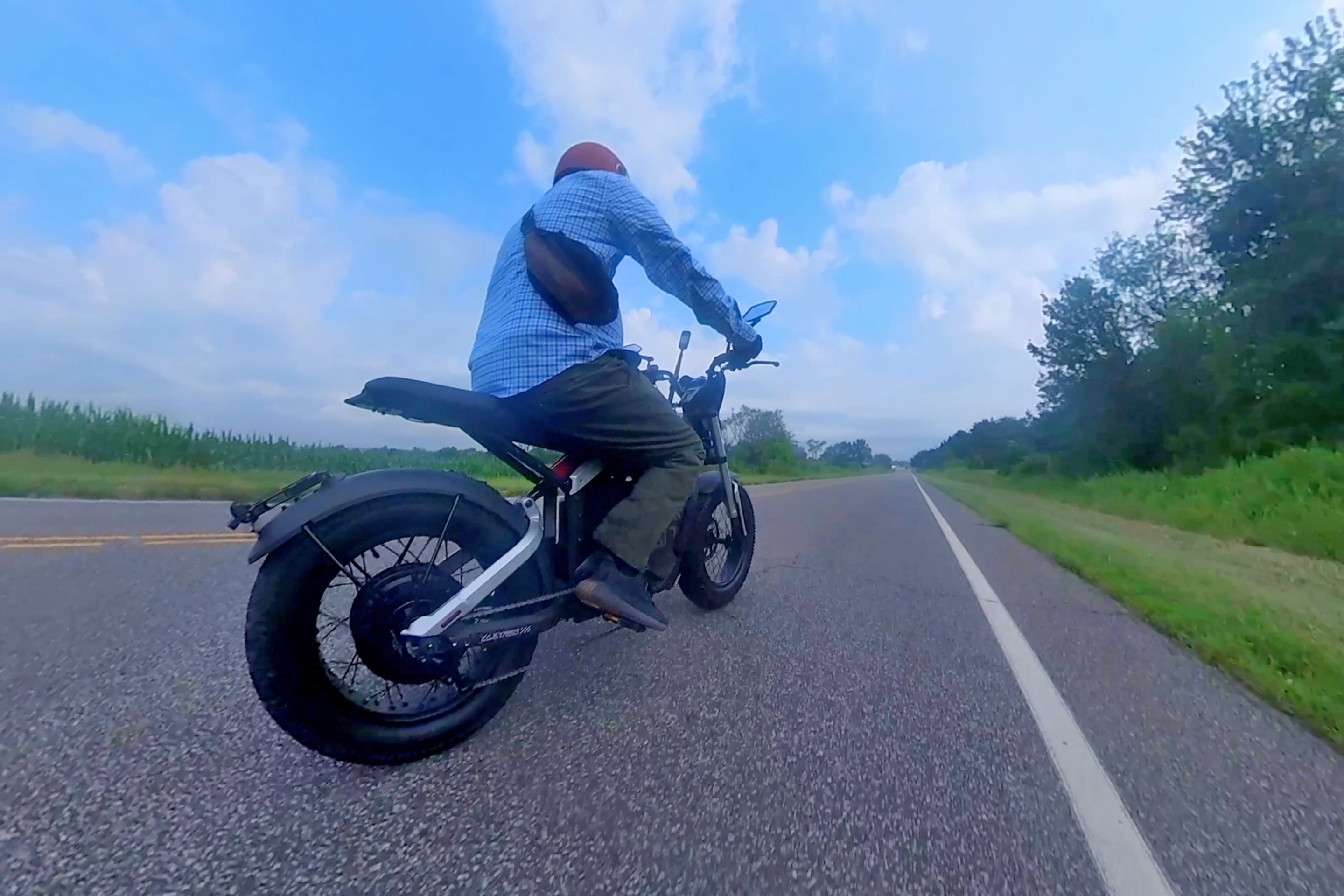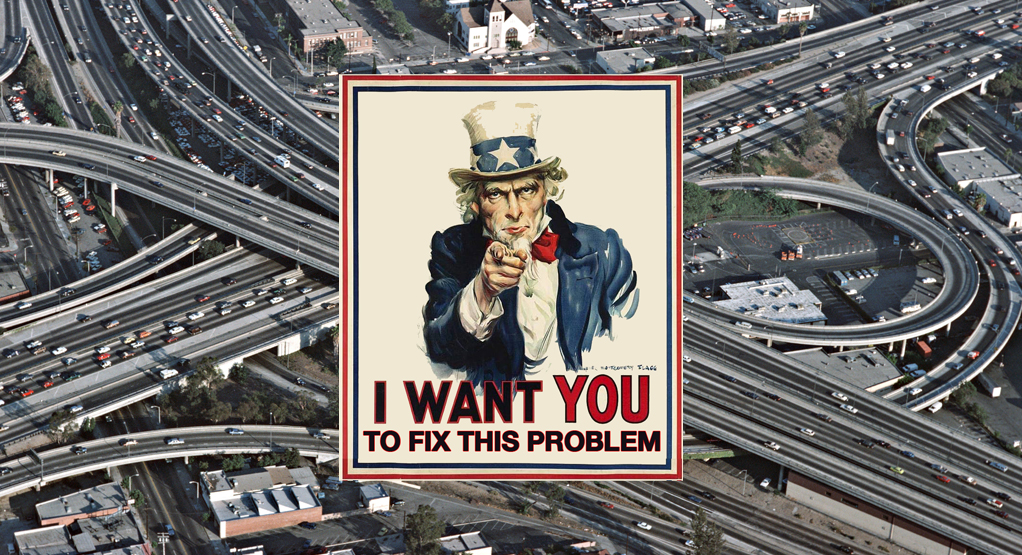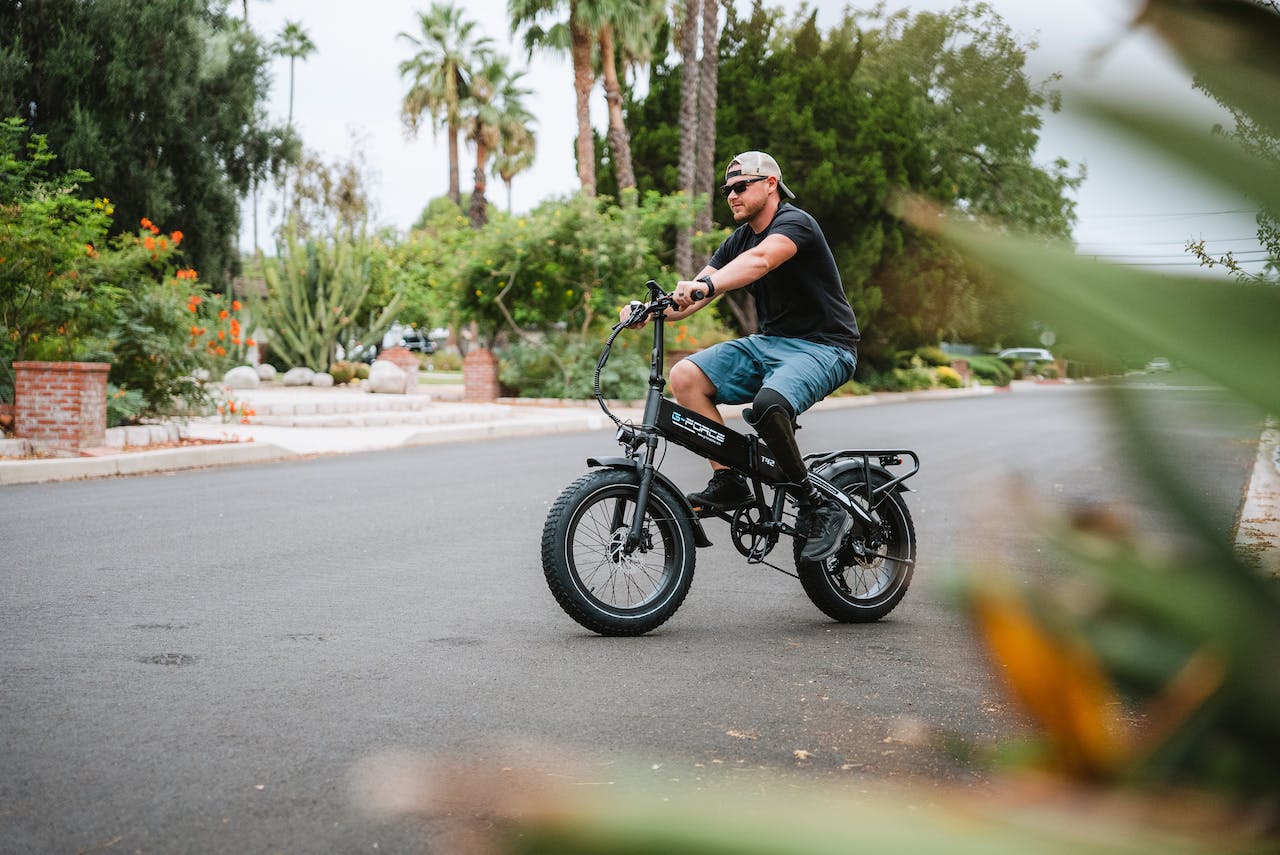It's been a little over a year since Raquel Nelson was convicted of vehicular homicide for attempting to cross a street with her kids in suburban Atlanta. Much of the public responded not with outrage, or demands that municipalities improve conditions for pedestrians, but with victim-blaming vitriol, passed along in news stories with headlines like "Jaywalkers Take Deadly Risks."
How things have changed. In his book "Fighting Traffic," Peter Norton writes that "jaywalking" was an offense created by auto manufacturers and driving enthusiasts, who had a serious image problem in the early 20th century, when streets were commonly considered the province of the public at large. Taking a page from Norton, Charles Marohn at Network blog Streets.MN shares tidbits from a compendium of early traffic codes, some of which hark back to a time when 12 mph was considered a "shocking" speed (shockingly fast, that is) for urban motoring. Says Marohn:
[T]raffic engineering is a very young profession that is, in large part, making it up as it goes along. I’m not saying these people aren’t competent, just that engineers rarely admit (even to themselves) that this is all a huge experiment and society is essentially the guinea pig.
Since we expect pedestrians to routinely walk adjacent to traffic -- just a couple feet away, really -- traveling at speeds from 25 mph to 45 mph, the idea of someone being mowed down by an oncoming car traveling somewhere between 4 and 8 mph is hard for the modern mind to comprehend. Imagine suggesting that nobody need travel more than even 20 mph in a city, let alone the 4 mph that society held to be acceptable a century ago.
In 1935, Marohn notes, traffic laws extended equal rights to all road users. Less than 20 years later, pedestrians were being directed to sidewalks and footpaths. Marohn wonders if today's complex tangle of road regulations work any better than the earliest laws, which "seem simplistic but also quite effective."
"Yes," Marohn writes, "give me highways that allow me to get somewhere quickly, safely and efficiently, but when I get there, I actually want to be there. Let’s make our places worth being in, which may mean slow traffic along with more common sense and a little consideration."
Also on the Network today: The Transport Politic reports that while metro Miami commuters will be getting a nice new sales tax-funded rail line, they were supposed to get many more; Second Avenue Sagas revisits the history of air conditioning in New York subways; and Beyond DC says that NASA was able to send the Curiosity to Mars for less than the cost of one local highway project.






